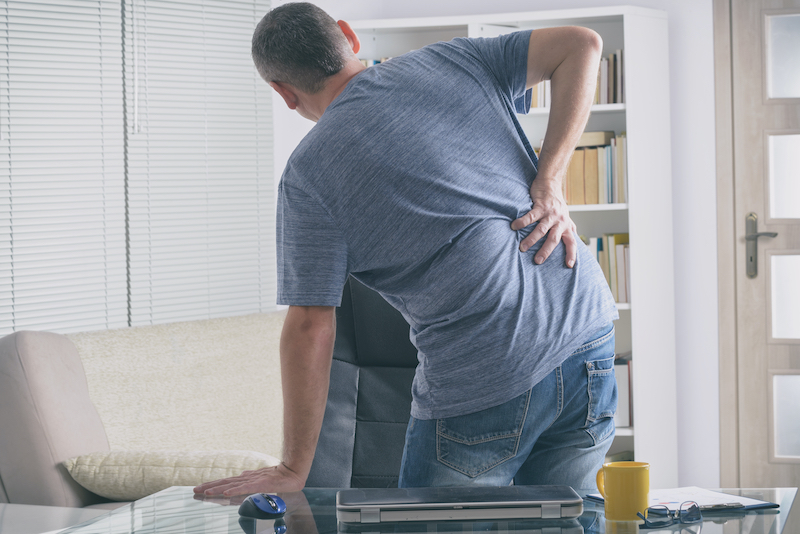Low back pain is a global issue on a massive scale that can be illustrated in a few key statistics:
- It is currently the number one cause of disability in the world
- The amount of years spent with disability from low back pain has increased by 54% since 1990
- About 37% of the world’s population experiences low back pain every year
- At any given point in time, about 540 million people are affected by low back pain worldwide
Research also shown that the problem is pervasive and very few people are completely immune. More people are affected by low back pain in high-income countries than low- and middle-income countries, but rates are rapidly increasing in Africa, Asia, and the Middle East as well. And although low back pain is more common in women and older adults, it can strike nearly anyone at any age. In fact, one study showed that 40% of 9–18-year-olds worldwide have dealt with low back pain at some point.
But despite how widespread low back pain is and all that’s known about it, it may surprise you to hear that the cause of pain cannot be identified in the majority of cases. In some patients, serious conditions like spine fractures, inflammation disorders, infection, and cancer may be present, which can be detected by certain diagnostic tests. But in the absence of disease or mechanical dysfunction that is known to be responsible, a diagnosis of “nonspecific low back pain” is usually given because there is no single problem found to be causing the pain.
Why physical therapists focus on treatment over diagnosis
This may sound somewhat discouraging if you’re currently dealing with low back pain, but as physical therapists, you should know that the cause of your pain is not as important as you might think. Many people get hung up on obtaining a diagnosis for their pain and go on to have various tests to reach one. But since getting an actual diagnosis is rare, having these tests may do more harm than good, as it can lead to unnecessary treatments like surgery when problems unrelated to the pain are treated.
Rather than focusing on the diagnosis, physical therapy concentrates on addressing the pain, starting with your very first session. With movement-based therapies and exercises individualized according to your abilities and goals, we will work with you on a one-on-one basis and target your pain with a variety of techniques. We believe that movement is a key ingredient to alleviating low back pain and preventing it from returning, which is why we promote a more active lifestyle along with your treatment program from the get-go.
Current research is continuing to support physical therapy as an effective means to addressing back pain, no matter the cause. In one recent study that reviewed current guidelines on the best treatments for low back pain, researchers recommended the following:
For many patients with nonspecific low back pain, simple first-line care (advice, reassurance and self-management) and a review at 1-2 weeks is all that is required. If patients need second-line care, non-pharmacological treatments like physical therapy should be tried before pharmacological therapies.
So if you’re dealing with low back pain, don’t concern yourself too much with what’s causing it. Instead, take action and see your physical therapist now for an evaluation and treatment plan that will address your issues and help you move pain-free once again.

